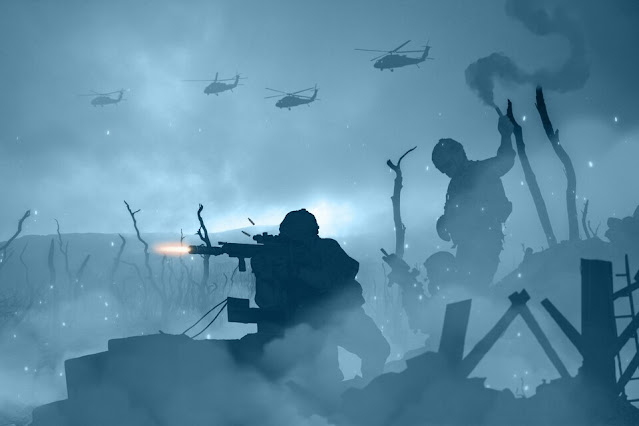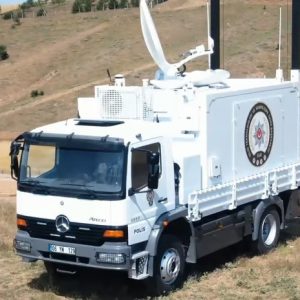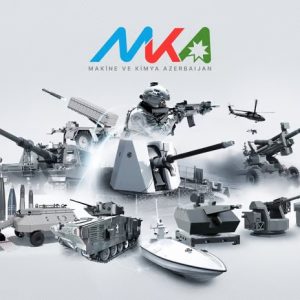The United States Marine Corps (USMC) plays a crucial role in the nation’s defence strategy, constantly adapting to emerging threats and technological advancements. To stay ahead of the curve, the USMC has recently unveiled an updated version of its Force Design 2030. In this blog post, we will delve into the key highlights and advancements of this updated force design, aiming to enhance the Marines’ operational capabilities and readiness for future challenges.

Enhanced Lethality and Long-Range Precision
The updated Force Design 2030 places a significant emphasis on improving the Marines’ lethality and long-range precision capabilities. It includes the incorporation of advanced technologies, such as long-range precision fires and improved command and control systems, enabling Marines to engage targets with greater accuracy and effectiveness. These enhancements are crucial for countering evolving threats on the modern battlefield.
Agile and Distributed Operations
Recognizing the need for agile and distributed operations, the updated force design focuses on creating smaller, more mobile Marine expeditionary units (MEUs). These MEUs will be equipped with enhanced aviation and ground capabilities, enabling them to rapidly deploy and operate in a dispersed manner. This approach increases the Marines’ ability to project power across different regions and respond to crises with agility and flexibility.
Emphasis on Naval Integration
The USMC has always maintained a close relationship with the Navy, and the updated force design further reinforces this integration. The new design envisions increased naval integration, allowing for seamless coordination between Marine expeditionary units and Navy ships. This synergy enhances the Marines’ ability to conduct amphibious operations, support naval campaigns, and project power from the sea.
Shift towards Expeditionary Advanced Base Operations (EABO)
One of the notable updates in Force Design 2030 is the increased focus on Expeditionary Advanced Base Operations (EABO). EABO involves the establishment of temporary bases in austere environments to enable distributed operations and control over key maritime areas. This concept aligns with the USMC’s goal of increasing its presence in contested regions, providing persistent forward presence, and enhancing deterrence.
Restructuring of Force Composition
The updated force design also calls for restructuring the composition of Marine Corps units. It involves reducing the number of tanks and artillery units while increasing investments in unmanned systems, long-range fires, and other cutting-edge technologies. This transformation aims to optimize the Marine Corps’ capabilities to effectively counter future threats, including near-peer adversaries.
Conclusion
As the global security landscape evolves, the USMC understands the importance of adapting its force structure to meet emerging challenges head-on. The updated version of US Marines Force Design 2030 showcases a forward-looking approach that prioritizes enhanced lethality, agility, naval integration, and a shift towards expeditionary operations. By leveraging advanced technologies and optimizing their force composition, the Marines aim to maintain their status as a highly capable and versatile fighting force, ready to protect U.S. interests around the world.










